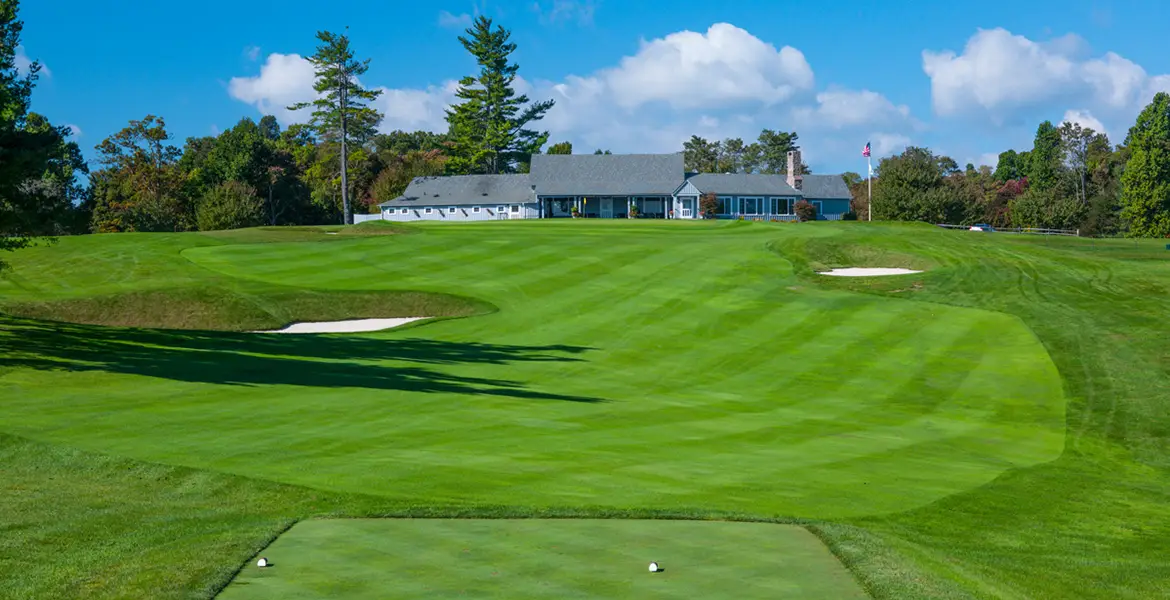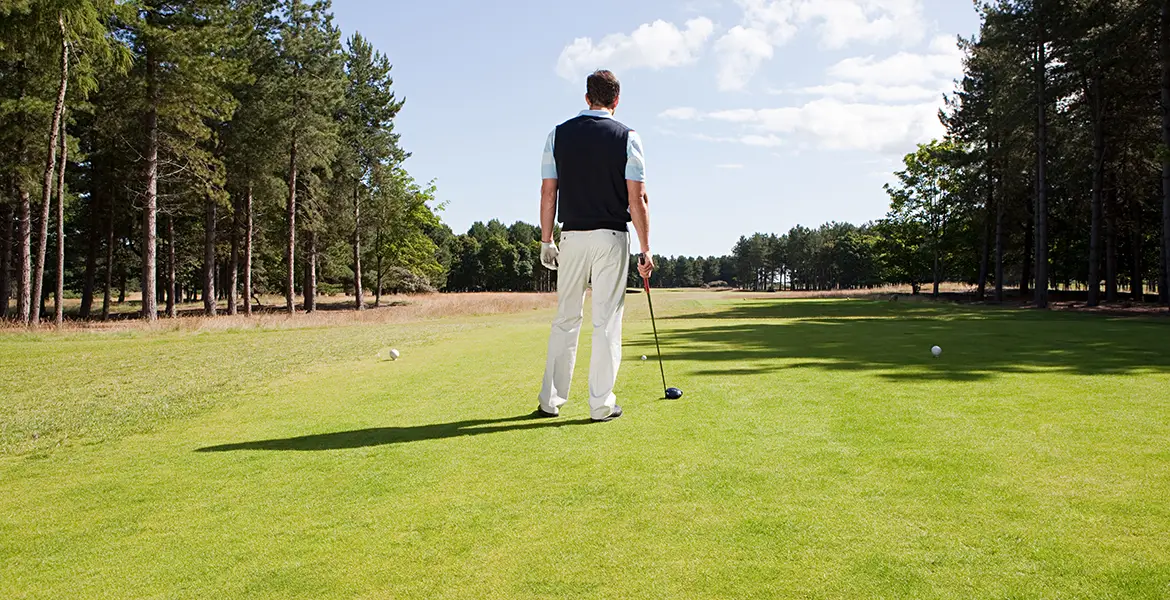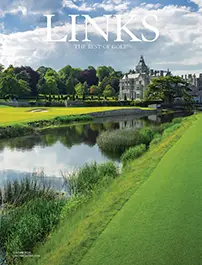For well more than a century, this Donald Ross gem has required having the full repertoire of shotmaking skills
When Essex County Club hosted the 1938 Curtis Cup match, it represented a homecoming of sorts. Harriot and Margaret Curtis began their golfing lives at Essex, in Manchester-by-the-Sea, Mass., about 30 miles north of Boston. The sisters went on to win four U.S. Women’s Amateur titles between them from 1906 to 1912, and in 1932 donated the cup that the top women amateurs from the U.S. and Great Britain-Ireland competed for then and now. Did learning to play in the coastal breezes of Cape Ann—over one of Donald Ross’s finest enduring designs—elevate their games? One thing is certain: It’s a course that should elevate any player’s love for the game, and likely before even reaching the 2nd tee.
Essex was founded in 1893 by a cadre of Boston Brahmin businessmen who shared a passion for the sporting activities of the day. They played polo, cricket, tennis, and golf on their original 9-hole course. Ross was hired to expand the layout to 18 holes in 1908, and he kept finessing them for a decade. Over most of those years—around the same time he was working his magic in Pinehurst—he served as Essex’s golf professional and lived in a tidy, yellow house that still stands near the 15th tee. In 2000, Renaissance Golf’s Bruce Hepner restored the course (including expanding its greens back to their original sizes), and that’s the course that is played today at a modest, but deceptive, 6,550 yards.
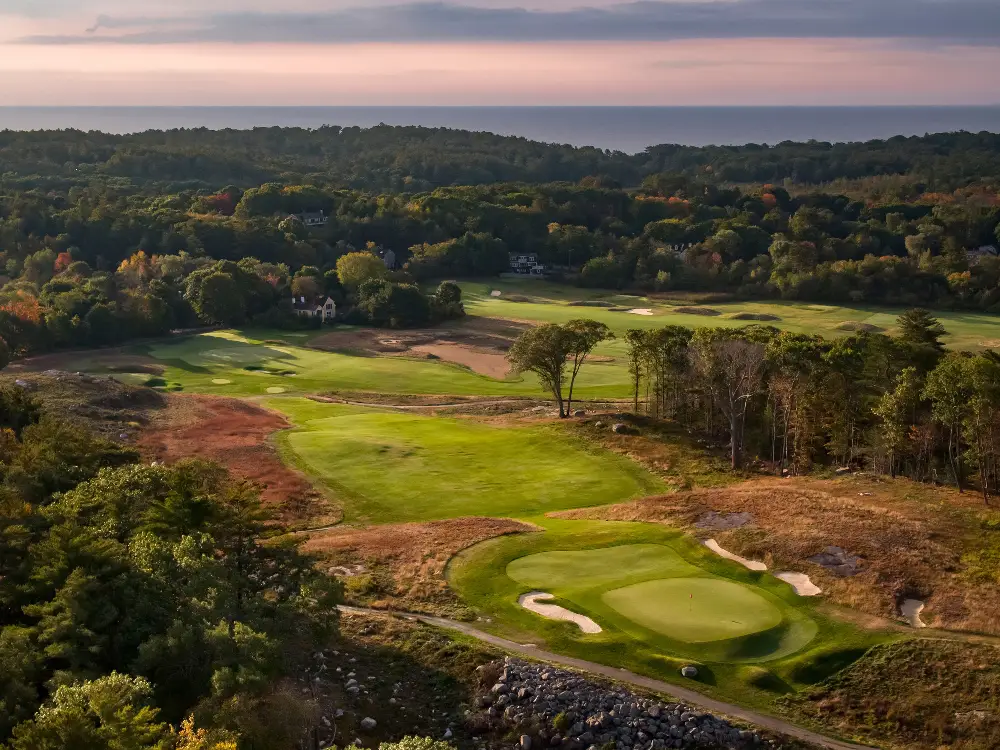
Essex is quintessential Ross, with design elements that would become ubiquitous in his later work. It’s also quintessential New England. The front nine is routed over gently rolling meadowland, where tall fescue frames fairways dotted with Ross’s signature chocolate drops. These mop-topped mounds make their first appearance at the 440-yard opening hole, which starts from an elevated tee just behind the stately brick clubhouse and keeps narrowing all the way to a sloping green guarded on the left by a gaggle of hairy humps. The hole also features the first of Essex’s many and varied bunkers. If you want to study Ross’s bunker palette, you won’t find a better place: There are wide, hole-separating deserts; narrow, sinuous trenches; penal pot bunkers; and at the long, par-four 9th, even a two-tiered bunker complex that few escape unbloodied.
Essex is also an ideal site for studying Ross’s green designs—which include all manner of spines, swales, and tilts—with several putting surfaces of the upturned-saucer variety and others that have their own unique quirks, such as the “bathtub” depression at the 625-yard 3rd. It’s just one example of how Ross made best use of the land he found.
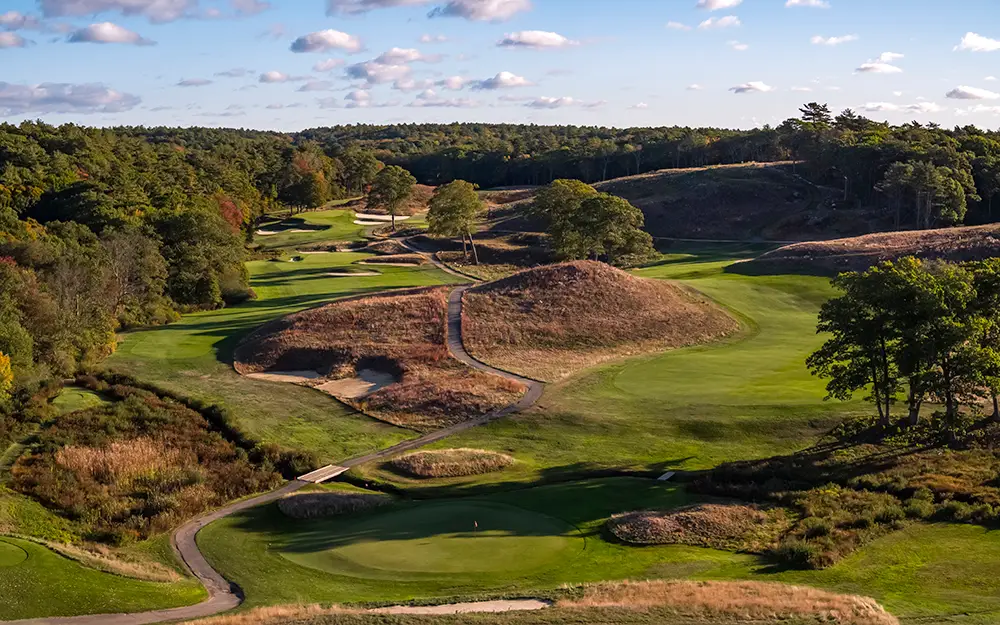
The back nine scales into more rugged terrain—glacial, tree-lined hills that ramp up the drama with every foot of elevation change. Granite rock outcroppings appear as the holes strategically climb and straddle these slopes and bring steep drop-offs into play, as to the left of the green at the do-or-die, par-three 11th. You’ll need to conquer the last of these hills at the par-four 17th, where your steeply uphill tee shot is followed by an approach to a demonically small green that’s another 70 feet higher, and on the S-shaped home hole, with the tee shot down the hill and a downhill-lie second shot to a small saucer green fronted by a brook.
It’s no wonder the Curtis sisters had all the shots.
Thank you for supporting our journalism. If you prefer to read in print, you can also find this article in the Summer 2024 issue of LINKS Magazine. Click here for more information.


